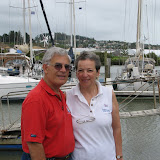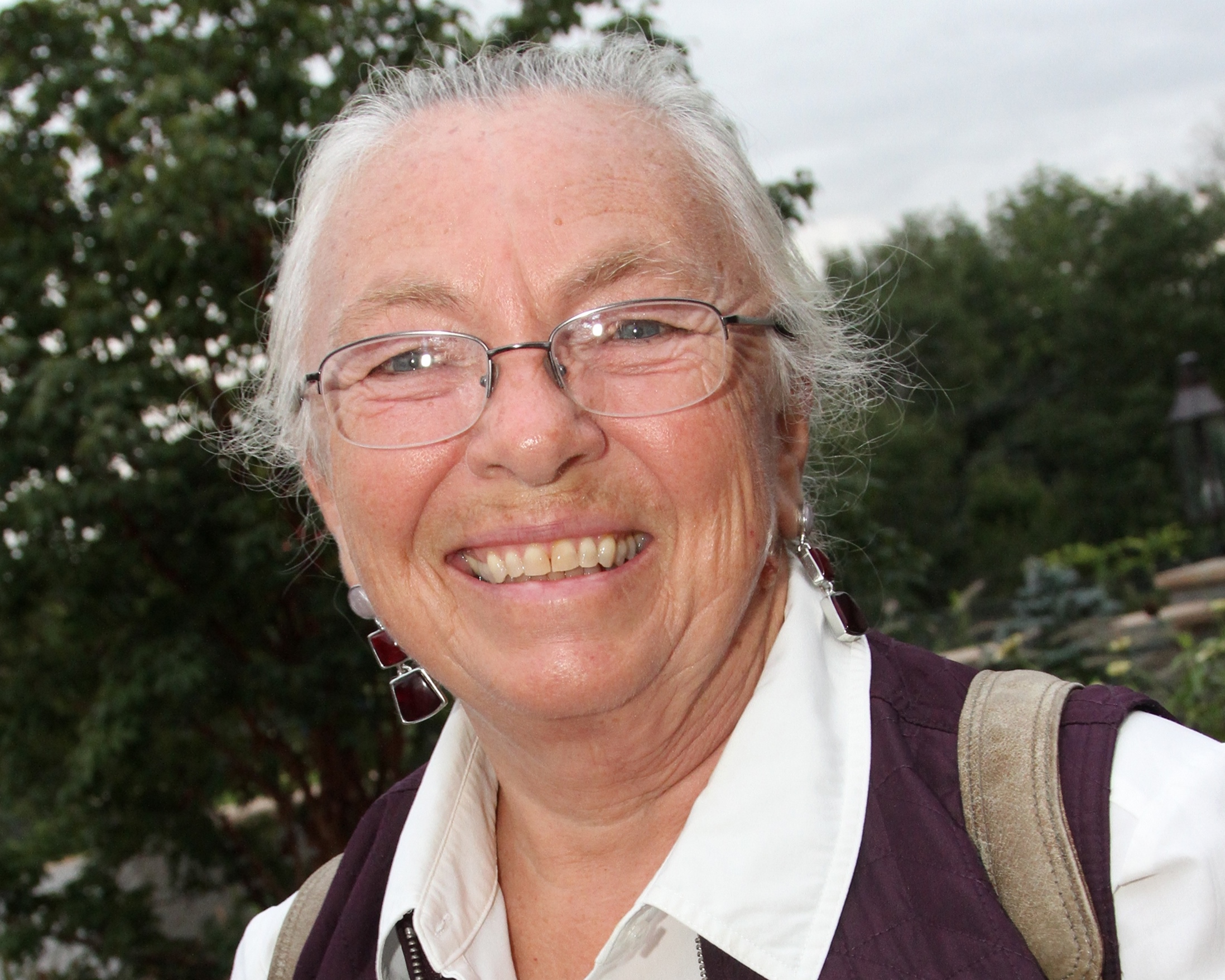NZ Land Logs 35, Year 2: North Island—Farewell to Alan and Helaine
Date: Sunday, March 25, 2007
Weather Today: Mostly Cloudy; Periods of Sprinkles
Location: Whangarei, New Zealand
I’m writing this log as Mark and I drive home to Whangarei from Auckland. We just dropped Alan and Helaine off at the Manukau Top 10 near the Auckland Airport. They fly out of Auckland tomorrow morning at 6 am, go to Melbourne, Australia for a two-hour layover, and then on to Los Angeles. Since they gain a day when they cross the International Dateline, they will actually be at home by tomorrow evening even though the trip will take them 36 hours. After a month of traveling together, goodbyes verged on tears with lots of thank you’s and hugs. All four of us have much to be thankful for as we had fantastic weather, no car problems, and no health problems. We had a wonderful month of traveling together and seeing so much of this dramatically beautiful country. Alan and I are both a year older after our March birthdays, and of course, we are both years wiser. In the 7,000 kilometers, more than 4,000 miles, that we have driven we learned so many new things. Helaine and I studied the NZ bird book I had purchased just after we arrived here and we have seen almost every bird in it. I also have a NZ nature guide and we used that to identify trees, ferns, scrubs, vines, and every sort of small creature. Our final day together was spent in the Kauri Museum in Matakohe and we learned even more there.
Here’s just a sample of what we learned about trees today. The kauri tree is very slow growing, but it lives a very long time. Tane Mahuta, the tallest living Kauri, is in its second millenium. Te Matua Ngahere, the living kauri with the widest girth is in its third millenium. You see, they really do live a long time. Mark and I have seen trees much taller than these, but the amazing thing about these giants is that they grow straight up and have no limbs except at the very top. Actually they have limbs when they are young, but those are shed so as to leave no knots in the wood. That made the kauris great candidates for masts and spars for ships, and it is for that reason there are few of them left standing. Another New Zealand tree, the totara, grows just as tall, but it does not get as big around nor does it live as long. The Maori used the totara for making canoes. One of my favorite trees here is the rimu or red pine. It actually gets a little taller than both the kauri and the totara, but it is usually a skinny little tree in comparison. I love the way the rimu branches drape, just like a tall and very thin willow. when Captain Cook was here in the late 1700’s he used the fruit of the rimu to make drink to fight scurvy.
There were so many excellent displays in the Kauri Museum that it is hard to know where to begin to tell you about it. Saw mills have been recreated in this museum by bringing in the original machinery and tools. There was everything from the chain saws used to bring down these big monsters to the band saws and vertical saws used to cut them to the huge planers that made the boards smooth. Boarding houses, farm life, and logging were all brought to life here with life-size wax models. There were displays of furniture and examples of various types of wood. I enjoyed seeing the kauri store counter from Hook Brothers Store in Paparoa, late 1800’s. The store’s motto was, “Anything from a cotton reel to a ship’s anchor.” Evidently this store was the quintessential general store. There were also small boats built of kauri, as well as boat models. We saw a butter churn made of kauri wood that produced 100 boxes of butter per load and each box contained 56 pounds of butter–that’s a lot of butter! The kauri gum displays were also quite interesting. Just like amber, kauri gum sometimes encased the fossils of ancient plants and animals. Some of these were on display as well as kauri gum in every size, shape, and tone from yellow to brown. With all of this, I think my favorite display were the tree rings drawn on the wall showing the girth of the biggest kauri trees. The center of the display had a round that came from between the stump and the first log of a section of the Balderson kauri. A slab of this same kauri was in the same room and went from one end of the room to the other. Next out from the middle was the ring of Tane Mahuta, God of the Forest, that we saw yesterday. This tree is the tallest kauri living, but it is only 4.38 metres or 14.4 feet in diameter. That makes it 45 feet around. The next ring was representing Te Matua Ngahere, Father of the Forest, that we also saw yesterday. This tree has a diameter of 5.22 metres or 17 feet making it 54 feet around. Finally, the last ring out was representing the Giant Kauri Ghost. This is the largest kauri ever on record and it grew on the Coromandel Peninsula south and east of Auckland. This tree was 88 feet around with a diameter of 8.54 metres or 28 feet but it is no longer standing.
Enough about the Kauri Museum. Mark and I both love wood and love building, so this museum tour was a special treat for us. From the museum, we headed to Auckland. We made a stop in a place called Warkworth for a late lunch and after getting caught in Sunday traffic, we made it to the Top 10 south of Auckland around 6 pm. We helped Alan and Helaine get their bags in their cabin and made sure they had arrangements for getting a cab to the airport at 4:00 in the morning. We then hit the road back to Whangarei. As we walked down the ramp to Windbird, I could smell that special marine smell. It was a great month, but it is good to be back home. Our thoughts now turn to getting Windbird for another season of sailing. I’m ready for those South Seas beaches.
 |
| 070325 Web Pics–Whangarei to Auckland |


